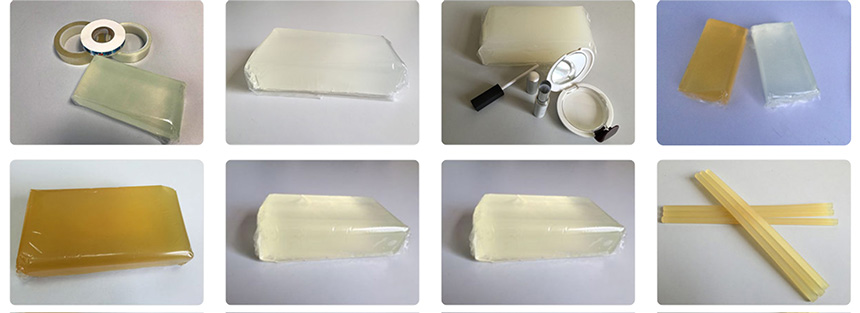Application areas: adhesive tape, compounding, paper signing, packaging
Advantages: long-term adhesion, universal adhesion, easy modification, repeated practicability, can solve many hard-to-bond hot melt adhesive materials
Disadvantages: high and low temperature resistance, poor aging performance

Application industry:
Demand form: particles, powder, omentum, film, solution
Laminated substrate: materials on both sides to be laminated
Joint design: the rubber powder will involve the weight, the thickness of the coating and the size of the bonding surface
Surface treatment: silicone oil, anti-corrosion
Melting method: Melting box, screw extrusion, solvent dissolution
Gluing method: melt box extrusion, screw extrusion, knife coating, anilox transfer, screen printing, solvent coating, casting, dusting, coating, spraying, lamination, powder spraying
Curing conditions: cooling and baking at room temperature
Curing speed: how many stopwatches are generally involved, and how long will it take for the next processing
Opening time: Mainly the construction time, how long after the use will affect the strength
Finished product method: winding, stacking
Secondary bonding conditions: how many degrees Celsius, how much pressure, and how long
Temperature resistance requirements: mainly the initial melting point, the accumulated temperature should be considered when heating for a long time
Elongation at break, strength at break: considerations of elasticity and cohesion
Peel strength: consideration of bonding strength
Decay: loss of peel strength after aging, washing, etc.